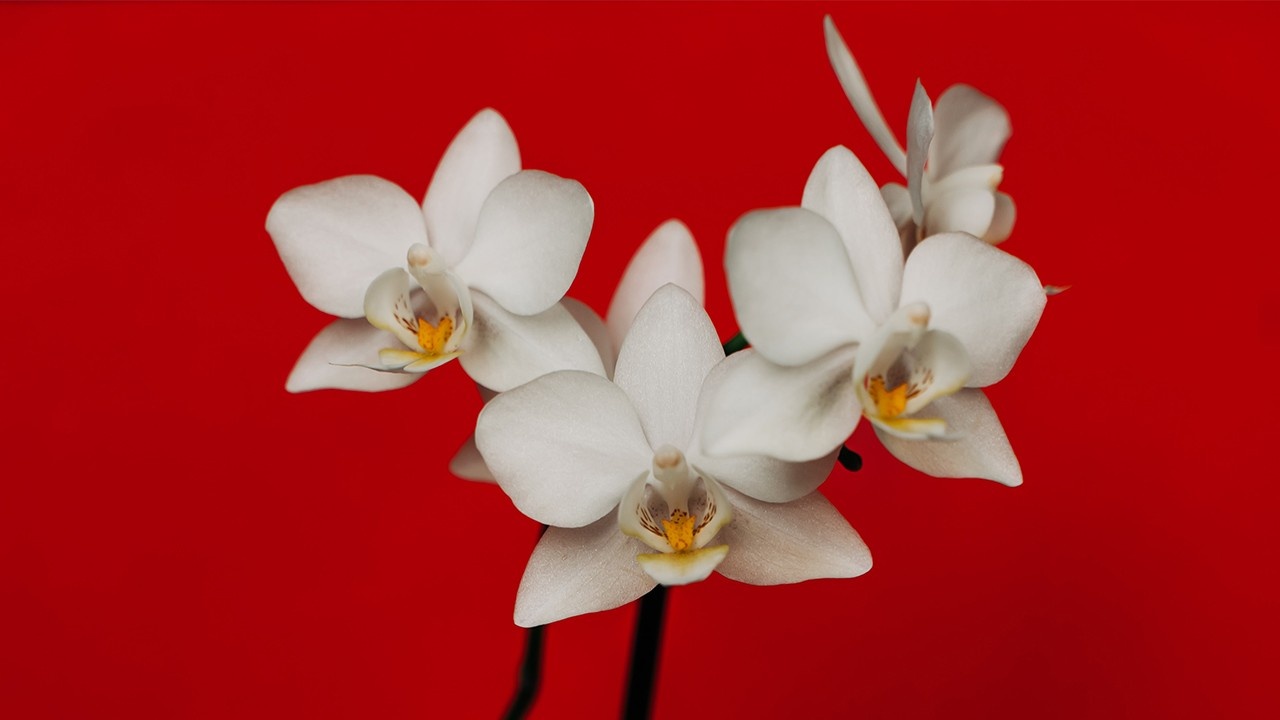How to Grow Orchids at Home
Mar 22, 2021
You’ve purchased your first orchid, it’s more than likely a Phalaenopsis and you got it from the garden centre, plant section at the store or joined the thousands of house plant enthusiasts and purchased it online.
It looked delightful and took pride of place on your table. You may have even purchased it for an abundance corner or altar to connect with your woo-woo side and the Laws of Attraction.
But then... as much as you loved it and looked after it, it started to look sad. The beautiful flowers started to droop and they fell off.
You see this was my story because I wasn’t a master at growing orchids. I thought all I had to do was to buy them, to look after them with no knowledge of how and then they would grow.
This pattern went on for a long time, and I ended up with a variety of pots with sticks in them, where once beautiful orchids had resided.
I had thought the mere buying alone was enough without any mastery around orchid care.
This is the same for marketing courses. The buying of the course alone isn’t enough. You need to do the course, pay attention and then achieve mastery through implementation.
High-level marketing courses that provide boutique implementation exercises aren’t for everyone.
They are for those who appreciate quality. Much like fast fashion vs investment pieces that keep on giving back.
Brand Seduction is one such course, it’s an investment piece that keeps on giving back in value 10 fold. It’s for those that appreciate deeper science-based marketing that has proven results.
I’m not here to deprive you as I have now not only kept an orchid alive but have grown and cultivated orchid blooms from scratch.
How to Grow Orchids
There are two types of orchids: monopodial and sympodial.
Monopodial orchids have a single, upright stem, with leaves arranged opposite each other along the stem. The flower stem appears from the base of the uppermost leaves. Orchids with this growth habit include the phalaenopsis and vanda.
The more common growth habit is sympodial. These orchids grow horizontally, sending out new shoots from the old rhizome. Leaves and flower scapes form at the top of the new shoots. Sympodial orchids include cattleya, cymbidium, oncidium and dendrobium.
The best piece of advice for orchid care is to not generalise all orchids. Research what type of orchid you have and then look for its specific care and cultivation instructions.
Look for light, water and growing medium
Whilst all orchids are different, how an orchid looks can give you a lot of clues as to what it likes.
Few leaves – the plant needs a high-light environment.
Soft leaves which are limp – very light sensitive and should not be placed in a sunny window.
Light – consider orchids to be light hungry plants, ideally wanting between 12 to 14 hours of sunlight each day.
If you don’t have enough natural sunlight, consider supplementing with artificial light.
Growing Media – Most orchids are epiphytes which means they grow in the air. Good growing media must provide for good air circulation and permit water to drain very quickly.
Roots also love something to cling to.
Water – as a rule orchids can tolerate draught rather than excess moisture. Nothing kills an orchid faster than letting it sit in a water-logged pot.
Humidity – most tropical orchids love humidity levels of 60-80%.
I hope this enables you to become a lover of orchids and appreciate the mastery required to become proficient.
Love
Laura
Head Seductress
House of Seductology
PS >> If you’d like to invest 40 days in your business however new or evolving it might be, you’ll walk away with a bespoke and high-end marketing strategy to implement in your business to earn the money your lifestyle demands: Brand Seduction.

